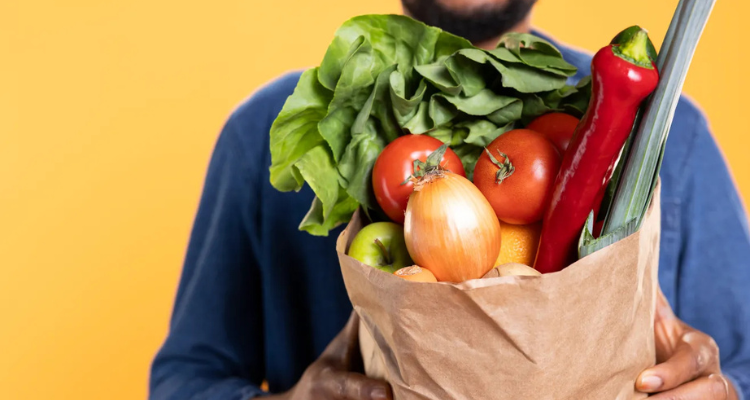An increase of up to $300 in benefits is expected due to inflation, improving access to healthy food for millions of families
As 2025 approaches, the Supplemental Nutrition Assistance Program (SNAP) is shaping up to be a crucial tool for more than 40 million Americans struggling with the rising cost of living. In the face of increasing inflation, the Food Security Administration (FSA) has announced that SNAP benefits will be adjusted by between 2.5% and 3%, which could represent up to $300 additional per family.
This adjustment in benefits is designed to counteract the impact of the price increases on essential goods. For instance, if a family received $10,000 in 2024, the expected increase will provide them with between $250 and $300 more in 2025, making it easier to purchase foods such as fruits, vegetables, meats, and dairy products.
In addition to staple foods, SNAP vouchers allow families to purchase seeds and plants to grow their own food at home, thereby promoting self-sufficiency. However, the purchase of non-food items, such as hygiene products or prepared meals, is not permitted.
This annual adjustment, known as the Cost of Living Adjustment (COLA), is calculated using the Consumer Price Index for Urban Workers (CPI-W), which measures price fluctuations. The exact percentage of the increase will be announced in October, and the new benefits will take effect on October 1, 2025.
Although the increase may seem modest, its impact will be significant, as it will make it easier for low-income families to access a more balanced diet, improving both their nutrition and overall health. Families will be able to include more fresh fruits, vegetables, and proteins in their daily diets, which are often difficult to acquire amid rising inflation.
